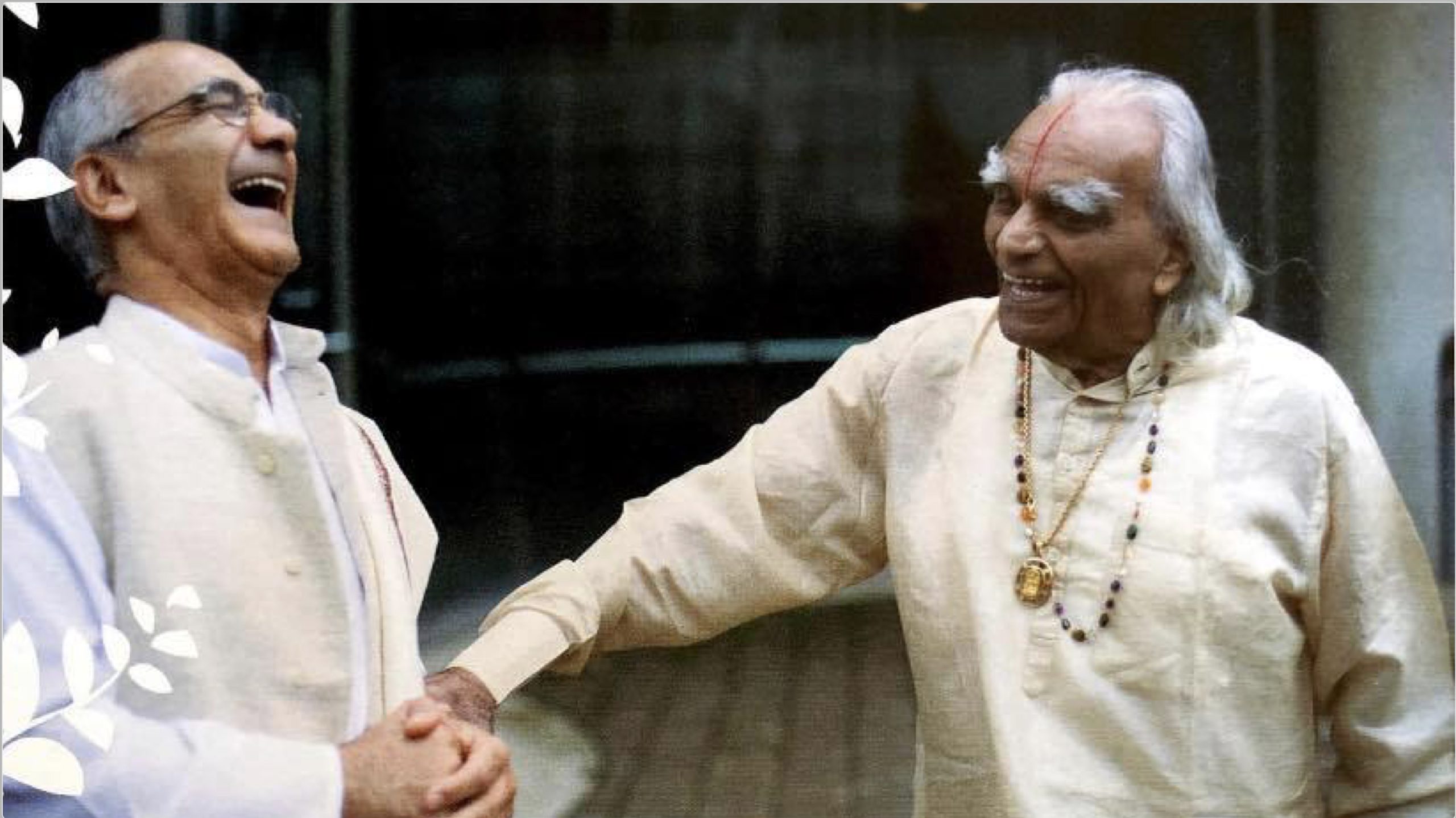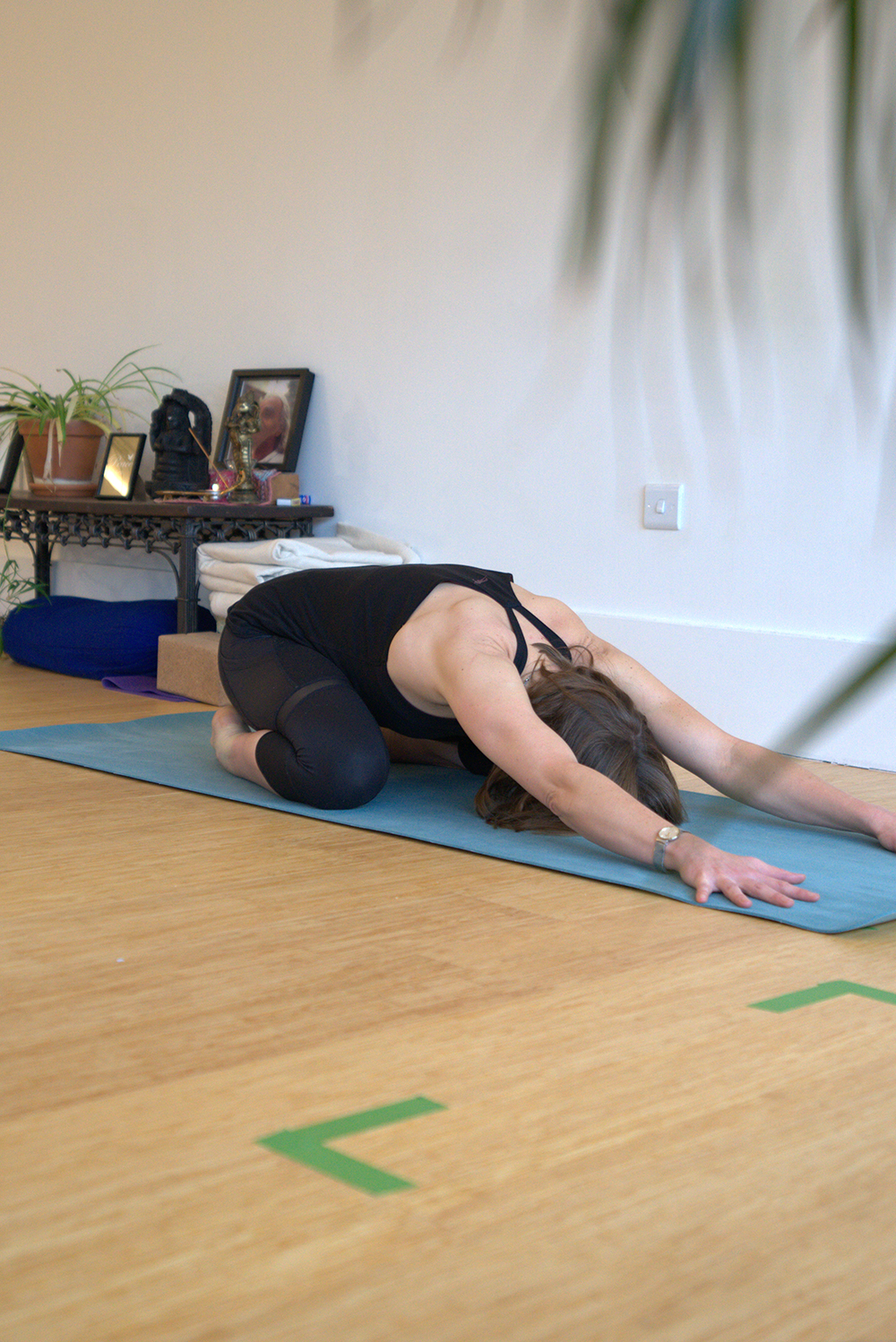by Jenny-May While | Jun 6, 2025 | Blog
In a recent yoga seminar I attended, a man asked the whether it would be a good idea to take his t-shirt off as a student during class, so that the teacher could see better what his body was doing and make corrections. Also as a teacher, if he took his shirt off he...
by Jenny-May While | Nov 7, 2024 | Blog
and yoga pre- and post-surgery It’s another one of those stories. We’re hearing more of them these days as women find their voice around menstrual health. Years of heavy, painful periods. Dismissal by medical professionals. Useless prescriptions. You know how it goes....
by Jenny-May While | May 29, 2024 | Blog
Why should Iyengar yoga be available for patients on prescription? The UK is in the grip of a mental health epidemic, with 1 in 6 people having experienced a common mental health problem (such as depression, anxiety and stress) in the last week and at an estimated...
by Jenny-May While | Jul 4, 2023 | Blog
I HATED PE at school. I really loathed it. It was a routine humiliation of nylon knickers and enforced communal showers, of feeling clumsy and inadequate next to the ‘PE girls’, who were usually also the ‘popular girls’; powerful, enviable, desirable. PE, for me,...
by Jenny-May While | Apr 22, 2023 | Blog
I was hoping to be among many thousands of people marching in London this weekend to demand truth and immediate collective action in response to the climate crisis. I can’t go, in the end, but I wish all who can very well. Perhaps naively, I wish them success. I live...

by Jenny-May While | Mar 24, 2023 | Blog
Shricharan Faeq Biria 14th November 1946 – 9th April 2022 Tributes and Memories To start with, some observations from some of Faeq’s oldest friends in yoga; Pranshant Iyengar and Jawahar Bangera. These are taken from the funeral celebration of April 2022....
by Jenny-May While | Feb 13, 2023 | Blog
‘It’s in childhood that most people have their first spiritual experience; that of an innate and natural link to the sacred. The joy, the clarity of mind and the curiosity that we’ve known can become the starting point of a marvellous rediscovery. If our relationship...
by Jenny-May While | Jan 13, 2023 | Blog
Nadia Gilani’s opinion piece on yoga is an important contribution to this January’s ‘get-well’ fetish. As the NHS crumbles and health inequalities widen, universal access to high-quality yoga services should become a priority for all local authorities interested in...

by Jenny-May While | Oct 9, 2022 | Blog
There are lots of self-care calls to action going out today, but for mental health awareness day I thought I’d write about some challenges I’ve experienced in the past year, how I’ve used yoga as an integral part of my approach to them, and how that’s working out so...
by Jenny-May While | Oct 28, 2021 | Blog
“We live in the most part in closed rooms. These form the environment from which our culture grows. Our culture is to a certain extent a product of our architecture. If we want our culture to rise to a higher level, we are obliged, for better or worse, to change...


